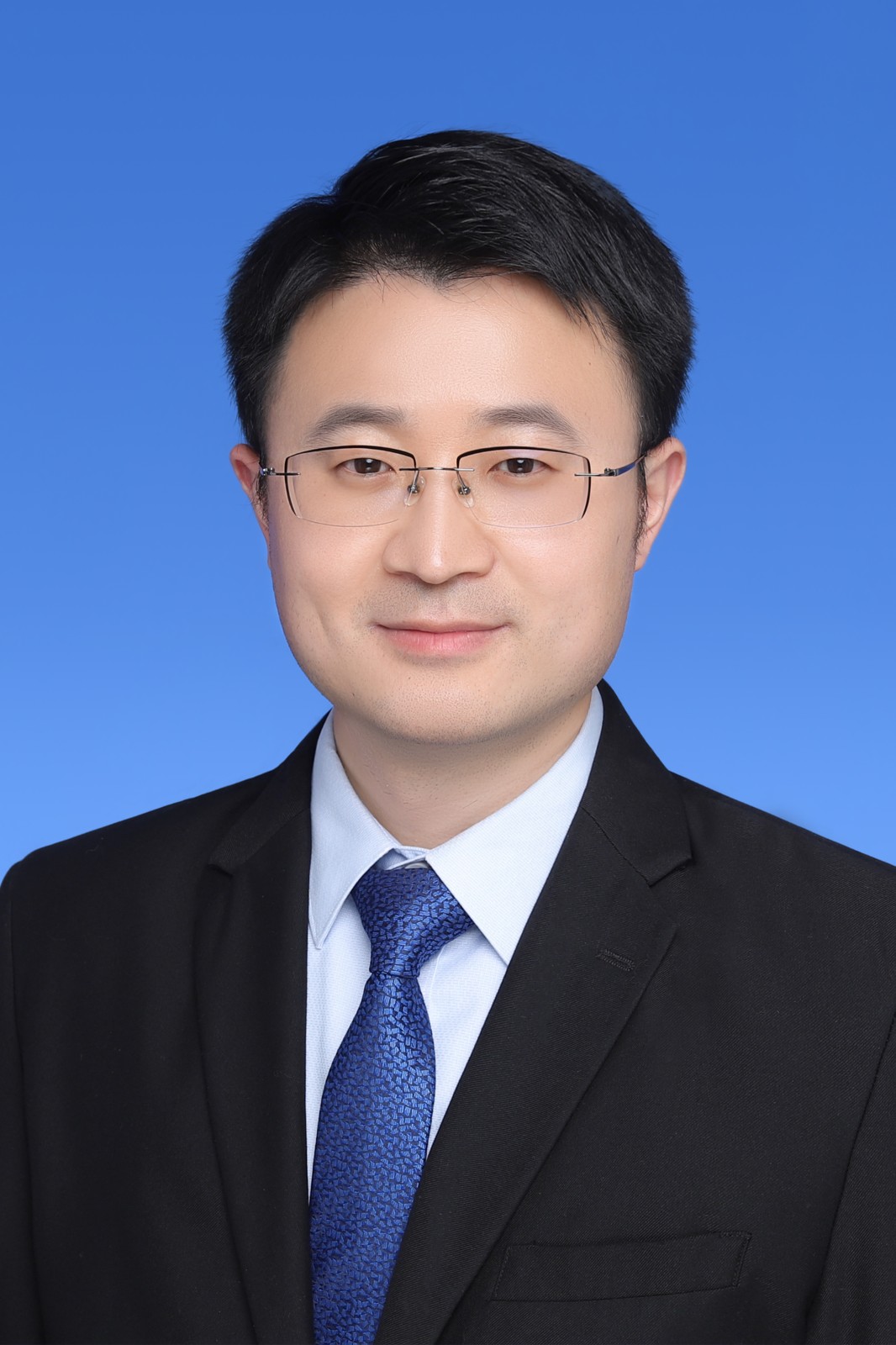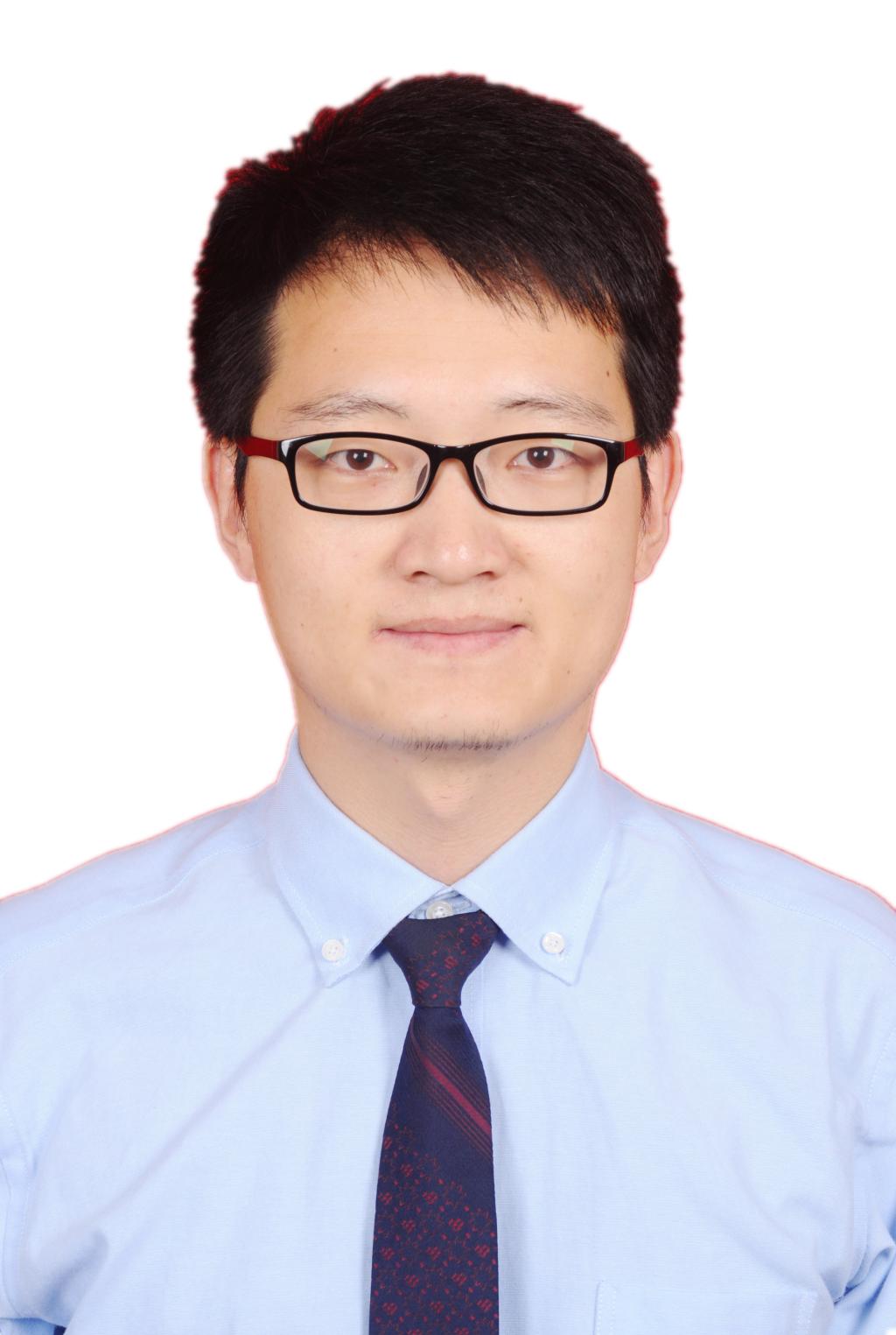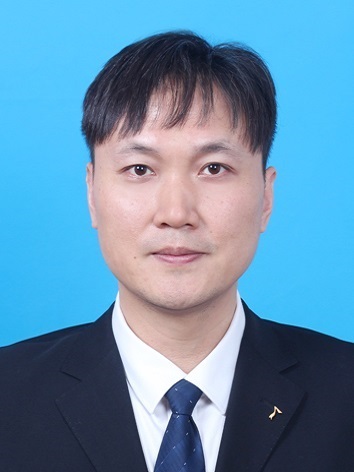

Prof. Ljiljana Trajkovic
IEEE Fellow
Simon Fraser University, Canada
Biography:
Ljiljana Trajkovic received the Dipl. Ing. degree from University of Pristina, Yugoslavia, the M.Sc. degrees in electrical engineering and computer engineering from Syracuse University, Syracuse, NY, and the Ph.D. degree in electrical engineering from University of California at Los Angeles. She is currently a professor in the School of Engineering Science, Simon Fraser University, Burnaby, British Columbia, Canada. Her research interests include communication networks and dynamical systems. Dr. Trajkovic served as IEEE Division X Delegate/Director, President of the IEEE Systems, Man, and Cybernetics Society, and President of the IEEE Circuits and Systems Society. She serves as Editor-in-Chief of the IEEE Transactions on Human-Machine Systems. She was a Distinguished Lecturer of the IEEE Circuits and System Society and a Distinguished Lecturer of the IEEE Systems, Man, and Cybernetics Society. She is a Fellow of the IEEE.
Title: Data Mining and Machine Learning for Analysis of Network Traffic
Abstract: Collection and analysis of data from deployed networks is essential for understanding communication networks. Hence, data mining and statistical analysis of network data have been employed to determine traffic loads, analyze patterns of users' behavior, predict future network traffic, and detect traffic anomalies. The Internet has historically been prone to failures and attacks that significantly degrade its performance, affect the Internet connectivity, and cause routing disconnections. Frequent cases of various cyber threats have been encountered over the years and, hence, detection of anomalous behavior is a topic of great interest in cybersecurity. In described case studies, traffic traces collected by various collection sites are used to classify network anomalies. Various anomaly and intrusion detection approaches based on machine learning have been employed to analyze collected data. Deep learning, broad learning, gradient boosted decision trees, and reservoir computing algorithms were used to develop models based on collected datasets that contain Internet worms, viruses, power outages, ransomware events, router misconfigurations, Internet Protocol hijacks, and infrastructure failures in times of conflict. The reported results indicate that while performance of machine learning models greatly depends on the used datasets, they are viable tools for detecting the Internet anomalies.

Prof. Fan Liu
Hohai University, China
Biography:
Fan Liu (Member, IEEE) received the B.S. and Ph.D. degrees from the Nanjing University of Science and Technology, Nanjing, China, in 2009 and 2015, respectively.,In 2008, he was a Researcher with Ajou University, Suwon, South Korea. In 2014, he was with Microsoft Research Asia, Beijing, China. He is currently a Professor with Hohai University, Nanjing. His research interests include computer vision, pattern recognition, and machine learning.,Dr. Liu also serves as a Reviewer for the IEEE Transactions on Neural Networks and Learning Systems, the IEEE Transactions on Knowledge and Data Engineering, the ACM Transactions on Intelligent Systems and Technology, Information Sciences, Neurocomputing, and Pattern Analysis and Applications
Title: Multimodal Artificial Intelligence and Its Applications
Abstract: This report system describes the development of multimodal artificial intelligence and its application prospects. Since the formal establishment of artificial intelligence at the Dartmouth Conference in 1956, after the deep learning revolution and the breakthrough of Transformer architecture, artificial intelligence has gradually moved to a new stage of large model and multi-modal integration. By contrast learning, cross-modal alignment and other technologies, the multi-modal large model realizes the semantic unity of multi-source data such as vision and language, which lays a foundation for future intelligent applications. At the application level, this report focuses on the innovative application achievements and core technological breakthroughs of multi-modal large model in remote sensing monitoring, water management and other fields. The report further concluded that the future of the multi-modal large model will evolve toward a larger and deeper unified architecture, and accelerate its penetration into the industry, and ultimately achieve the intelligent goal of cross-modal capability integration and multi-scene coordination.

Prof. Haiquan Zhao
IEEE Senior Member
Southwest Jiaotong University, China
Biography:
Zhao Haiquan, Doctor of Engineering, professor, doctoral supervisor, senior member of IEEE and Chinese Institute of Electronics, academic and technical leader in Sichuan Province, outstanding expert with outstanding contributions in Sichuan Province, winner of Sichuan Outstanding Youth Fund and core member of Sichuan Youth Science and Technology Innovation Team, Won the First Prize of Natural Science of CAA of Chinese Society of Automation in 2019 (ranked 3rd), the second Prize of Natural Science of CAA of Chinese Society of Automation in 2018 (ranked 1st), the second Prize of Science and Technology Progress of the Ministry of Education (ranked 3rd), and the 12th Jeme Tianyou Railway Science and Technology Award - Youth Award. The 9th Jeme Tianyou Science and Technology Award of Ministry of Railways - Jeme Tianyou Special Award of Southwest Jiaotong University, Tang Lixin Outstanding Scholar Award; Executive Director of Provincial Science and Youth Federation, member of Sichuan Youth Federation, Executive director of Chengdu Knowledge Association. Serves on the editorial board of international journals such as Signal Processing.
Title: Robustness broad learning system with ITL
Abstract: As an emerging machine learning model, BLS(broad learning system) is renowned for its simple flattened network structure and efficient retraining capabilities. In this report, we mainly present some of our recent work on its robustness.

Prof. Zhang Lei
IEEE Senior Member
Chongqing University, China
Biography:
Professor and doctoral supervisor of Chongqing University. Member of the Computer Vision Committee of China Computer Society, Standing member of the Intelligent Service Committee of China Artificial Intelligence Society, and member of the Pattern Recognition Committee; Served as a member of the editorial board of several high-level SCI journals at home and abroad; IT has undertaken more than 20 artificial intelligence projects such as the National Natural Science Foundation, the National Key Research and Development Plan, Chongqing artificial Intelligence major project and a number of well-known IT enterprises. He has published more than 120 academic papers. Published 1 academic monograph in English.
Title: Towards Vision Foundation Models for Open-world Applications
Abstract: In practical applications, due to data uncertainty, environmental uncontrollability and algorithm specificity, the adaptability and security of machine learning algorithms are still poor. Traditional artificial intelligence models and deep learning algorithms are difficult to meet the perception and application in open, dynamic and complex environments. This talk introduces our recent research results on visual perception in open environments from the perspective of transfer learning and domain adaptation, including object detection, person re-identification and image retrieval.

Prof. Wei Song
Jiangnan University, China
Biography:
Wei Song is a Professor and PhD Supervisor at Jiangnan University, IEEE Senior Member, IEEE CIS/SMCS Senior Member, and Vice Dean of the School of Artificial Intelligence and Computer Science. He has published over 100 papers in conferences and journals such as IEEE TNNLS, TEVC, TCYB, TSMC-S, TETCI, etc., and holds 12 authorized invention patents. His has achieved two First Prizes and one Second Prize in the Science and Technology Award from the China General Chamber of Commerce, the Rong Zhiquan Award, and the Sangma Award. He has served as a conference/communication reviewer for the National Natural Science Foundation of China (NSFC), the Ministry of Education Degree Center, and as a program committee member for several international conferences.
Title: Neural Network-Assisted Dynamic Optimization Decision
Abstract: In dynamic optimization problems, environmental changes can be characterized as various dynamics and pose a challenge to dynamic optimization algorithms. However, existing swarm intelligence-based dynamic optimization algorithms mainly rely on some predetermined rules, limiting their capability in handling various dynamics. Additionally, diversity loss remains a critical issue behind the inefficiency of existing dynamic optimization algorithms. Consequently, maintaining high diversity in dynamic environments is essential for automatically addressing this challenge. Faced with these challenges, a series of neural network-assisted dynamic optimization algorithms are proposed. For dynamic optimization problems, we design a particle search control network to automatically determine the learning targets and accelerating coeffect for each individual in the population; For multi-objective optimization problems under diverse dynamics, we design a dynamic optimization algorithm based on a swarm behavior decision neural network and an efficient hidden node adjustment mechanism. These algorithms are capable of solving dynamic optimization and dynamic multi-objective optimization problems across various dynamics with very small time cost.